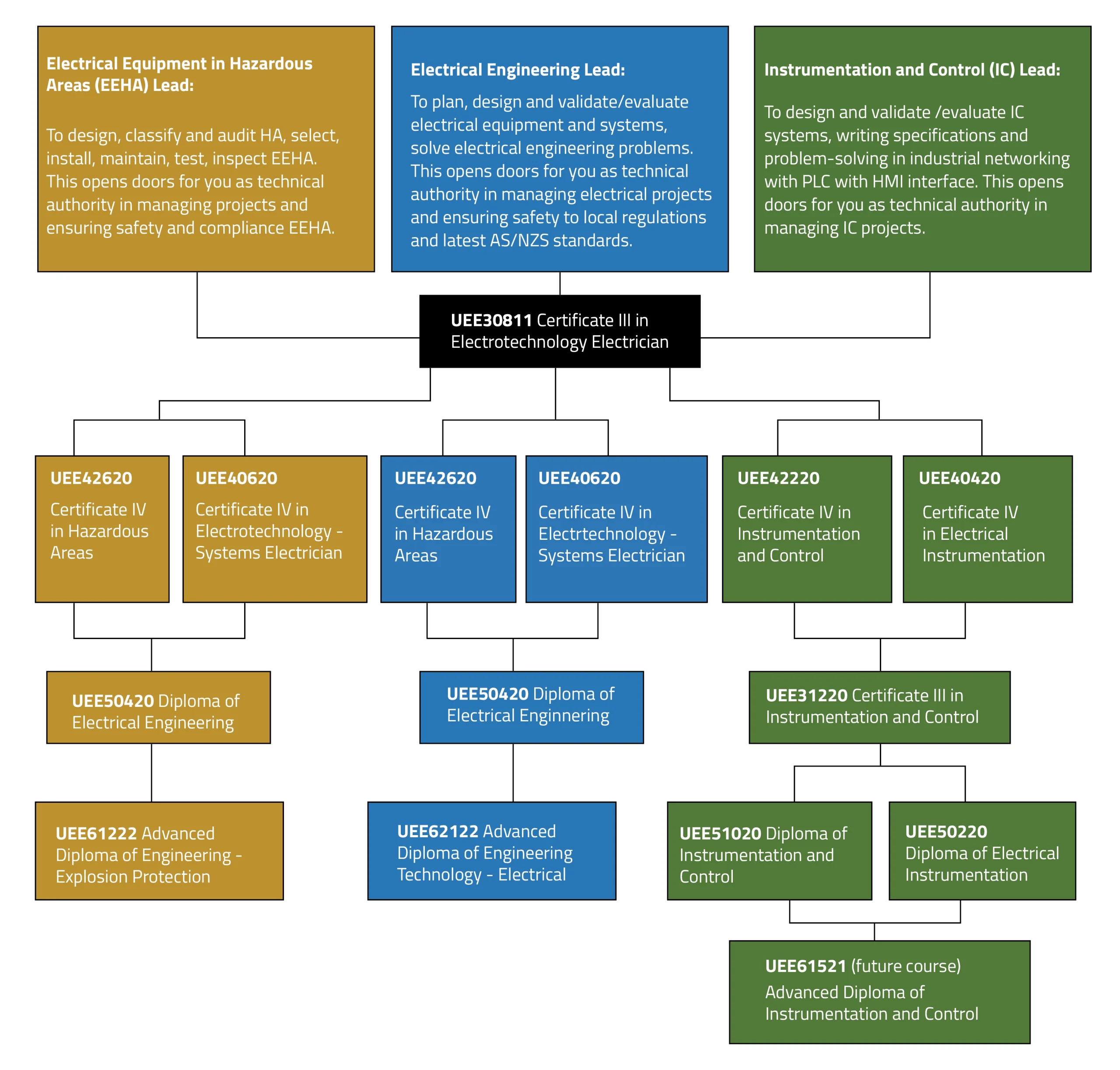The Definitive Guide for Roar Solutions
The Definitive Guide for Roar Solutions
Blog Article
Roar Solutions - An Overview
Table of ContentsA Biased View of Roar SolutionsSome Known Incorrect Statements About Roar Solutions Unknown Facts About Roar Solutions
In order to safeguard installments from a potential explosion a technique of evaluating and classifying a potentially hazardous location is required. The objective of this is to ensure the correct option and setup of equipment to inevitably stop a surge and to ensure security of life.
(https://www.bitchute.com/channel/JJyNq2gAk2M7)
No devices should be mounted where the surface area temperature of the equipment is higher than the ignition temperature level of the given risk. Below are some common dirt unsafe and their minimal ignition temperature. Coal Dirt 380C 225C Polythene 420C (melts) Methyl Cellulose 420C 320C Starch 460C 435C Flour 490C 340C Sugar 490C 460C Grain Dirt 510C 300C Phenolic Resin 530C > 450C Aluminium 590C > 450C PVC 700C > 450C Residue 810C 570C The possibility of the danger existing in a focus high enough to create an ignition will vary from location to place.
In order to categorize this threat an installment is split into areas of risk relying on the amount of time the hazardous exists. These areas are referred to as Zones. For gases and vapours and dirts and fibers there are three areas. Area 0 Zone 20 A dangerous ambience is extremely likely to be present and may be present for lengthy periods of time (> 1000 hours annually) or even constantly Area 1 Area 21 A harmful environment is feasible however not likely to be existing for extended periods of time (> 10 450 C [842 F] A category of T6 suggests the minimal ignition temperature level is > 85 C [185 F] Unsafe area electric tools possibly created for usage in higher ambient temperatures. This would certainly suggested on the score plate e.g. EExe II C T3 Ta + 60C( This means at 60C ambient T3 will not be gone beyond) T1 T1, T2, T3, T4, T5, T6 T2 T2, T3, T4, T5, T6 T3 T3, T4, T5, T6 T4 T4, T5, T6 T5 T5, T6 T6 T6 A T Course ranking of T1 indicates the maximum surface temperature level produced by the instrument at 40 C is 450 C. Thinking the associated T Course and Temperature ranking for the equipment are suitable for the area, you can always use a tool with a more rigorous Department ranking than required for the location. There isn't a clear response to this inquiry regrettably. It really does rely on the type of tools and what fixings need to be accomplished. Tools with certain test procedures that can not be executed in the area in order to achieve/maintain 3rd celebration rating. Should return to the factory if it is before the devices's service. Field Repair Service By Authorised Employee: Difficult screening may not be required nevertheless certain procedures might require to be followed in order for the tools to preserve its 3rd party ranking. Authorized workers should be employed to perform the job properly Repair service need to be a like for like replacement. New component should be considered as a straight replacement calling for no unique screening of the equipment after the repair is total. Each piece of devices with a hazardous rating should be assessed independently. These are described at a high degree listed below, but also for even more thorough details, please refer directly to the standards.
Roar Solutions Fundamentals Explained
The devices register is an extensive data source of devices documents that includes a minimum collection of fields to recognize each thing's area, technological criteria, Ex-spouse classification, age, and ecological data. The proportion of Detailed to Shut inspections will be identified by the Tools Threat, which is examined based on ignition threat (the possibility of a resource of ignition versus the likelihood of a combustible ambience )and the harmful area classification
( Zone 0, 1, or 2). Applying a robust Risk-Based Assessment( RBI )method is important for ensuring conformity and safety in handling Electrical Equipment in Hazardous Areas( EEHA).
Excitement About Roar Solutions

In regards to explosive risk, a harmful location is an atmosphere in which an eruptive environment is present (or may be expected to be existing) in amounts that need special preventative measures for the building, setup and use equipment. Roar Training Solutions. In this write-up we explore the obstacles dealt with in the work environment, the danger control procedures, and the required proficiencies to work safely
These substances can, in specific problems, form explosive atmospheres and these can have major and unfortunate effects. Many of us are acquainted with the fire triangular remove any one of the 3 aspects and the fire can not happen, but what does this mean in the context of dangerous locations?
In many instances, we can do little about the levels of oxygen in the air, however we can have substantial influence on resources of ignition, for instance electric devices. Dangerous locations are documented on the hazardous location category illustration and are identified on-site by the triangular "EX LOVER" sign. Below, amongst other key details, zones are split into three kinds depending upon the hazard, the possibility and period that an explosive atmosphere will exist; Zone 0 or 20 is regarded one of the most hazardous and Area 2 or 22 is regarded the least.
Report this page